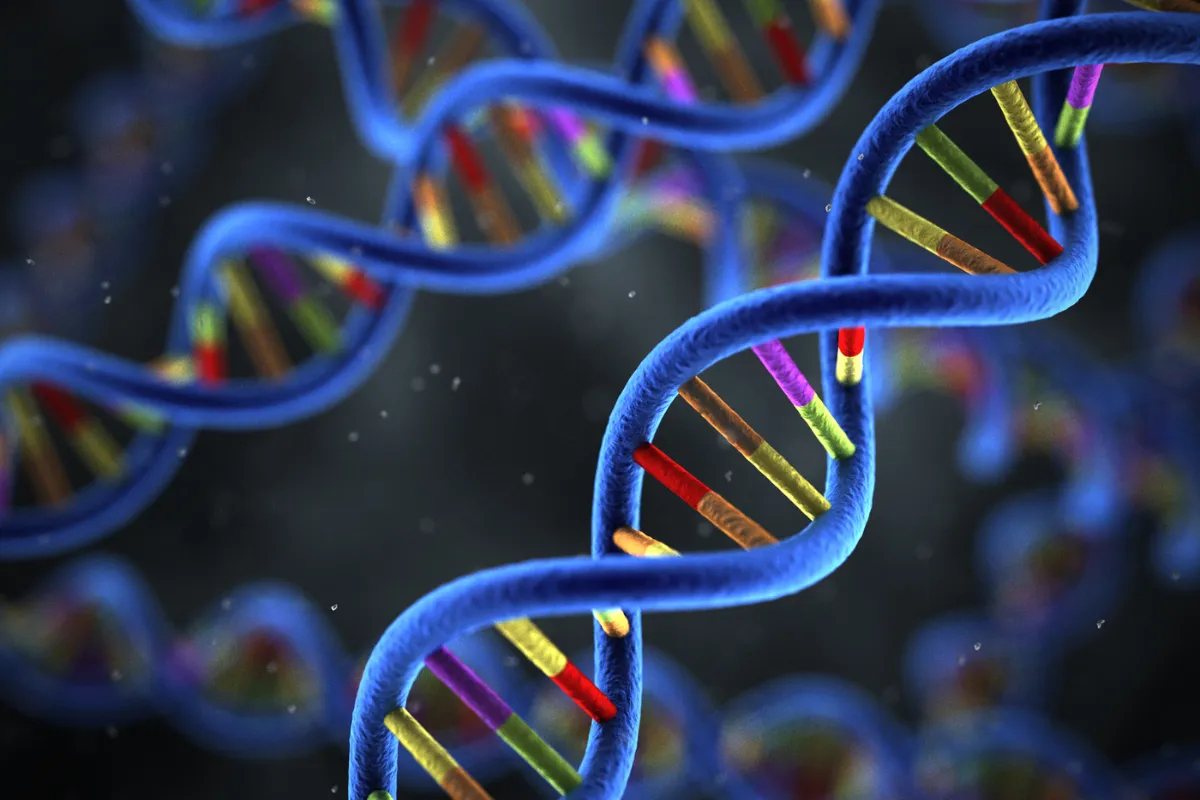In the quest to understand the origins of multiple sclerosis (MS), scientists are turning to a remarkable source: ancient DNA.
This groundbreaking approach is shedding light on the roots of this enigmatic disease that affects millions worldwide.
In this article, we’ll delve into the fascinating realm where genetics and history converge, exploring how ancient DNA is becoming a crucial tool in unraveling the complex tapestry of multiple sclerosis among European descendants.
The Intriguing Link Between Genetics and Multiple Sclerosis
Multiple sclerosis is a neurological disorder with a complex etiology that has long perplexed researchers.
Recent breakthroughs in genetic studies have provided valuable insights into the hereditary nature of MS.
By examining ancient DNA, scientists are now taking a giant leap backward in time to uncover the genetic underpinnings of this debilitating condition.
Decoding the Past: How Ancient DNA Unlocks Genetic Secrets
The utilization of ancient DNA involves extracting genetic material from ancient human remains.
This intricate process allows researchers to peer into the distant past, gaining a clearer understanding of the genetic factors that may have contributed to the development of MS in European populations.
By comparing ancient DNA samples with modern ones, scientists can trace the evolution of specific genetic markers associated with MS.
Unraveling the Tapestry: MS Origins in European Descendants
European descendants have long been a focus of MS research due to the higher prevalence of the disease in this population.
Ancient DNA analysis has revealed intriguing patterns, suggesting that certain genetic variations linked to MS may have originated centuries ago.
Understanding these ancestral connections could provide vital clues about the environmental and genetic triggers that contribute to the development of MS.
Connecting the Dots: Environmental Factors and Genetic Predisposition
While genetic factors play a significant role in MS, environmental influences also contribute to its onset.
By combining ancient DNA findings with historical data, scientists are uncovering how environmental factors may have interacted with genetic predispositions, creating a complex interplay that led to the emergence of MS in European descendants.
The Evolution of MS: A Journey Through Centuries
Tracing the evolution of MS through ancient DNA is like navigating a historical roadmap.
The genetic footprints left by our ancestors provide a unique perspective on how this neurological condition has evolved over centuries.
By understanding the historical context, researchers hope to gain insights that can inform present-day treatments and prevention strategies.
Challenges and Triumphs: Navigating the Complexities of Ancient DNA Analysis
While the use of ancient DNA in MS research holds immense promise, it comes with its own set of challenges.
Preservation issues, contamination risks, and the scarcity of well-preserved ancient remains are hurdles that scientists must overcome.
Despite these challenges, the potential rewards in unraveling the mysteries of MS make the journey worthwhile.
Bridging the Past and Present: Implications for MS Treatment
The insights gained from studying ancient DNA aren’t confined to the realm of curiosity; they hold tangible implications for modern medicine.
By understanding the genetic roots of MS, researchers aim to develop targeted treatments that address the specific genetic vulnerabilities identified through ancient DNA analysis.
This personalized approach could revolutionize MS treatment strategies.
Engaging the Reader: Imagine a World Without MS
Take a moment to envision a world where the origins of multiple sclerosis are fully understood.
What if we could unlock the secrets hidden in the DNA of our ancestors to pave the way for a future free from the grip of this neurological disorder?
The journey into the past through ancient DNA analysis is not just a scientific pursuit; it’s a quest for a world where MS is a relic of history.
The Human Touch: Stories of Individuals Living with MS
Behind the scientific data and ancient DNA lies the human element – the stories of individuals living with MS.
By incorporating personal narratives into the research, scientists gain a deeper understanding of the impact of this condition on people’s lives.
This empathetic approach ensures that the quest for knowledge remains grounded in the real experiences of those affected by MS.
The Road Ahead: Future Prospects in MS Research
As technology advances and our understanding of ancient DNA deepens, the road ahead in MS research looks promising.
Integrating cutting-edge genetic techniques with historical context, researchers are poised to unlock even more mysteries surrounding the origins of MS.
The collaboration between geneticists, historians, and medical professionals signals a bright future for unraveling the complexities of this neurological enigma.
Conclusion:
In the intricate dance between genetics, history, and human experience, ancient DNA emerges as a powerful tool in unraveling the origins of multiple sclerosis among European descendants. As we traverse the historical landscape, the genetic footprints left by our ancestors guide us toward a deeper understanding of this complex neurological disorder. The fusion of ancient DNA analysis with modern research opens new doors to personalized treatments and prevention strategies, offering hope for a future where MS is no longer a formidable foe.
FAQs:
Can ancient DNA really provide insights into modern diseases like multiple sclerosis?
Ancient DNA offers a unique window into the past, allowing researchers to trace the genetic evolution of diseases. While not a cure-all, it provides valuable insights into the historical context of conditions like multiple sclerosis.
How accurate is the analysis of ancient DNA in studying multiple sclerosis origins?
Accuracy depends on factors like DNA preservation and contamination risks. Advances in technology have significantly improved accuracy, but researchers must carefully navigate challenges associated with ancient DNA analysis.
Are there other neurological disorders being studied through ancient DNA analysis?
Yes, researchers are exploring the use of ancient DNA in understanding the origins of various neurological disorders. Multiple sclerosis is just one example of how this innovative approach is shedding light on complex health issues.
What role do environmental factors play in the development of multiple sclerosis?
Environmental factors, such as geography and lifestyle, interact with genetic predispositions to contribute to multiple sclerosis. Ancient DNA analysis helps unravel the interplay between genetics and the environment over time.
How might the findings from studying ancient DNA impact current MS treatments?
Understanding the genetic roots of multiple sclerosis could lead to more targeted and personalized treatments. By tailoring interventions based on genetic vulnerabilities identified through ancient DNA, researchers aim to improve the effectiveness of current treatments and develop new therapeutic strategies.



